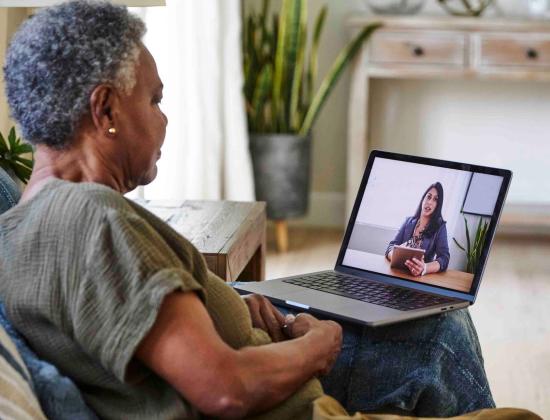Health inequity is a longstanding issue in the U.S. that costs people their health and for many, their lives.
Health Inequity 101
While factors such as gender, race, education, income or zip code shouldn’t dictate a person’s health, unfortunately for millions of Americans, they do. This means that certain groups have difficulty accessing health care and experience poor health based on economic, social, and other factors that affect their lives.
The World Health Organization defines health inequity as “systematic differences in the health status of different population groups.”
For instance, people born in areas where poverty is high may have reduced access to safe housing, dependable transportation, clean water, healthy food, education, and medical care. The impact on their health can be wide-ranging. They miss doctor appointments because they don’t have transportation. Suffer through symptoms because they can’t understand what to do. And skip filling prescriptions or taking medication because they can’t afford it.
Health inequities contribute to health disparities, or different – often less favorable –outcomes for specific vulnerable populations or demographics. Disparities include lower life expectancy, higher rates of mental illness, difficulty getting health care and preventable death.
The COVID-19 pandemic shone a light on health disparity with Black and Hispanic communities experiencing more deaths, more hospitalizations, and more sickness related to the virus. A 2020 report from The Commonwealth Fund indicated that contributing to these harsher outcomes is the far greater likelihood that Black and Latino Americans live in poverty and reside in neighborhoods with overcrowded households and air pollution.
People of color face higher rates of diabetes, obesity, stroke, heart disease, and cancer than Caucasians. In the case of diabetes, the risk of being diagnosed is 77 percent higher for African Americans and 66 percent higher for Hispanics. Asian Americans, Native Hawaiians, and Pacific Islanders are at twice the risk of developing diabetes than the population overall.
It is important to note that health disparities occur across dimensions beyond race and ethnicity. For example, disparities occur across socioeconomic status, age, geography, language, gender, disability status, citizenship status, and sexual identity and orientation. They also appear when distrust of the health care system develops in underrepresented communities.
In fact, Type 2 diabetes is more common in communities with lower employment, wealth, and access to healthy food, higher education, and quality health care. These are all social disparities that make preventing and managing the condition more challenging.
One example of how this translates to disparities in patient outcomes and higher costs for the health care system is visits to the emergency department. An analysis conducted by the Evernorth Research Institute found that areas with very high social need experienced 30% more emergency department visits than areas with low social need.
How to Address Health Inequities
Narrowing health disparities is key to advancing our nation’s overall health, reducing unnecessary health care costs, and improving the bottom line of every health plan and employer in the U.S. Disparities are estimated to cost $93 billion in excess medical care and $42 billion in lost productivity per year.
- Understand where social determinant challenges are greatest. From there, health plans, employers and providers can determine where there may be value in directed engagement strategies, like community referral services or targeted enrollment.
- Include understanding and addressing the root causes of health disparities. For example, if a health plan or employer identifies members with diabetes in socially challenged areas, capping copays on insulin to make medications more affordable could improve medication adherence.
- Provide communities with support networks and health care providers who have a strong understanding of their specific needs. Navigating the health care system can be challenging for anyone regardless of their circumstances but especially for individuals with varying language barriers or reading levels. Sometimes, simple education of health care benefits or resources is enough. In other cases, a more robust approach to helping individuals coordinate their care may be needed.
- Make it easier for individuals in economically and socially disadvantaged areas to access the care and medications they need, including helping them overcome barriers such as mobility.
- Recognize the role mental health plays in physical health and overall wellbeing and work to break down any barriers that may exist for accessing behavioral health care in these communities.
Sign up for our newsletter to get updated when new content is available.


